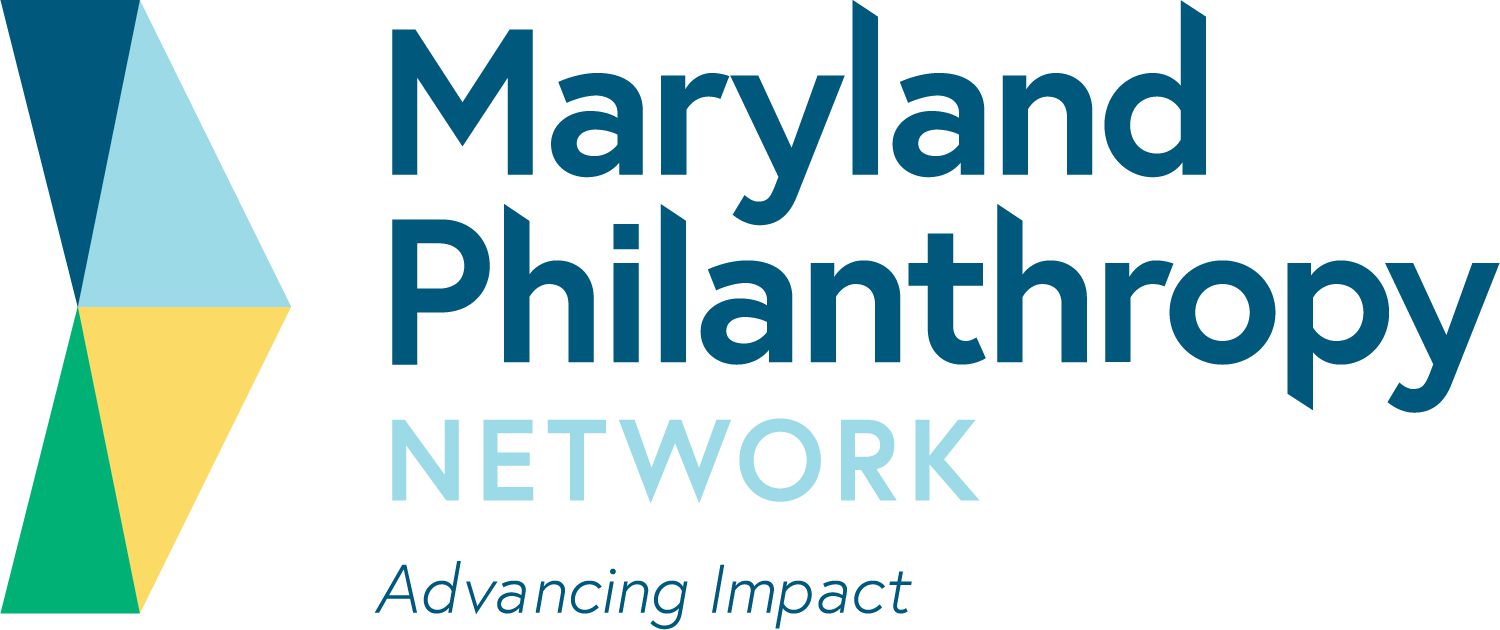How Funders Can Make Disability Visible
Disability is a relatively untapped area of investment for philanthropy, but one that offers promise of change and multiple avenues for donor impact.
COVID-19 has laid bare what the disability community has been telling us all along: current systems have failed people with disabilities because they were not created with disabled people in mind. As the new UN Special Rapporteur for Persons with Disabilities Gerard Quinn noted at the Human Rights Council’s 46th session, “The COVID-19 pandemic has painfully shown that ... persons with disabilities are treated as if they are invisible ... invisibility can create inequality, and unequal treatment can itself lead to, or reinforce, invisibility.”
One in five Americans have a disability, one in every three families has a household member with a disability, and more than one in three of us globally will eventually join the community. And yet a CEP report on equity in philanthropy notes that just 9 percent of foundations reported an increase of funding related to people with disabilities since the pandemic began, and not one explicitly mentioned disability in any of their interviews. Funding for disability policy, advocacy, and rights is paltry, with just six foundations investing over $1 million in 2018, while, globally, just $57 million of grantmaking included persons with disabilities (even more dismal given that more than 80 percent of persons with disabilities live in the Global South).
Click here to read the full article.
Source: Stanford Social Innovation Review

